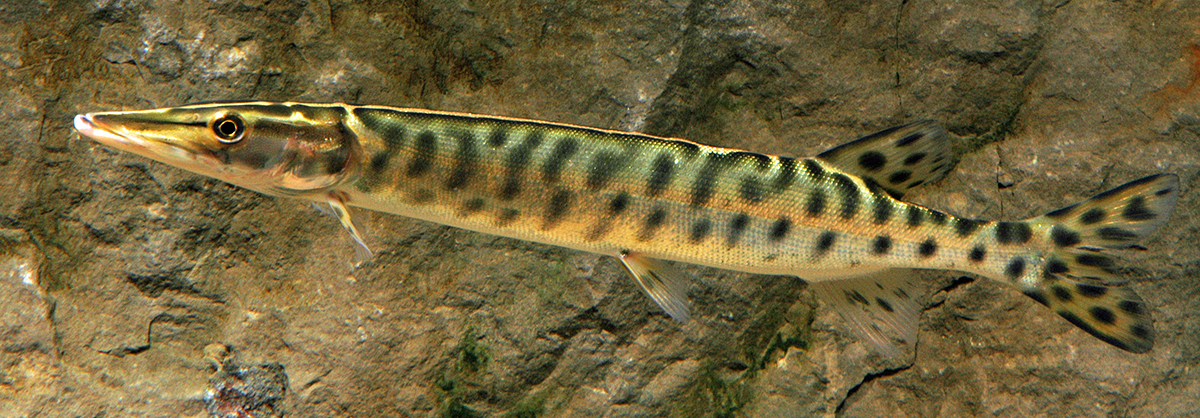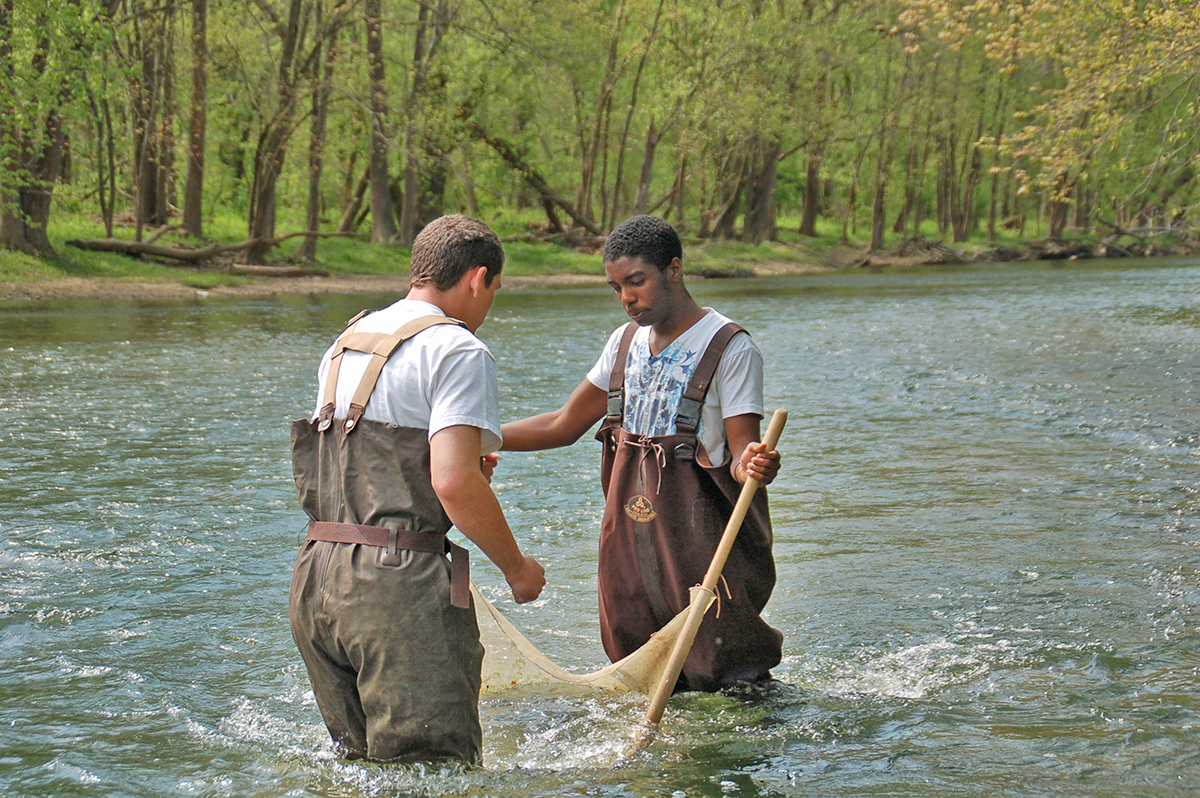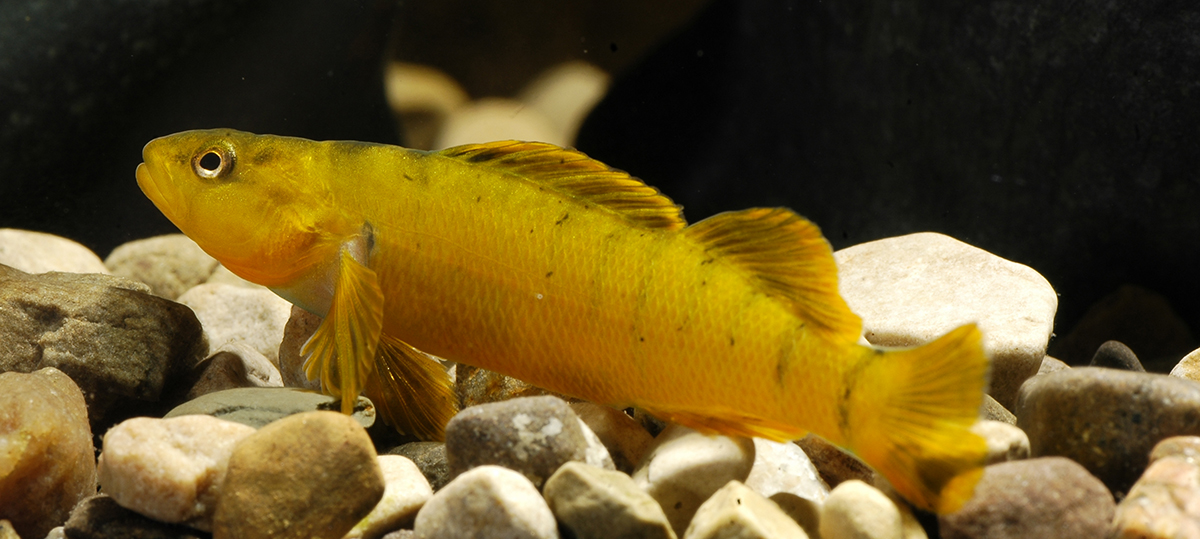ANDREW BOOSE
Aquatic Ecologist
The Metro Parks, as a whole, is located within two Ohio River watersheds. There are two rivers (Olentangy and the Scioto), 11 creeks (Alum, Blacklick, Big Walnut, Clear, Darby (Big), Darby (Little), George, Rocky Fork, Spring, Sugar, and Walnut), four runs (Hellbranch, North Fort Indian, Slate, and Spring), three ditches (Booth, Bridenstien, Roberts-Millikan), a total of 61 ponds/lakes, and miles of unnamed tributaries and hollows along with ephemeral streams and wetlands. If you are aware of any runs or ditches that occur in the parks that I have not named please feel free to comment with the name and location.

All of the waterways in the parks are either directly connected by the water or indirectly connected by the movement of animals, both terrestrial and avian. If a pond or wetland is isolated from any flowing water how do we know they are interconnected? We know this because Metro Parks personnel monitor and survey the fish populations throughout the park district and find fish, such as the green sunfish, for example, that occur in wetlands and newly created ponds. This means that the fish are being transported to these areas and the most likely mode of transportation (other than intentional stocking) is animals, however we don’t know the exact manner in which they are transported (wings, feet, scat etc.).
Metro Parks conducts ongoing fish surveys and compiles data for waterways in the parks and adds new locations as the park district grows. Waterways in newly acquired parks are surveyed to provide a baseline of species that are present, which enables us to determine if fish populations are stable, increasing or declining.
So far, the most species of fish ever recorded by Metro Parks in one day during a fish survey was on October 4, 2001 on Big Darby Creek, in the pool below the riffle near the nature center at Battelle Darby Creek Metro Park. On that day we recorded 42 species of fish by using the survey techniques of seining and electro fishing. A seine is a net that hangs in the water and has floats on the top edge and weights on the bottom edge and a handle on each end that allow one or two persons to drag it along the bottom of a creek bed to gather fish. Electrofishing uses a current of electricity to temporarily stun the fish and cause them to float to the surface of the water. Both of these gathering techniques allow park staff to count, measure, note anomalies and visually assess the health of the fish, after which they are released.

According to the Metro Parks Fish Check List there are 108 species of fish that could possibly occur in the parks, based on their historically known range for the state of Ohio. (This number does not include the 18 possible hybrids that have been noted). We have visually inventoried 86 species of fish. Three of these species are introduced non-natives of North America (brown trout, common carp, goldfish and grass carp) and one is an introduced native species (the rainbow trout). The goldfish rapidly reproduces and outcompetes native fishes and can decimate food sources, making it an invasive nuisance in areas where it has been dumped.

There are three endangered species on the checklist (goldeye, Iowa darter, and Scioto madtom), two threatened species (paddlefish and lake chubsucker), and three species of special concern (muskellunge, tippecanoe darter, and least darter). The anglers among us probably have seen or caught several species of fish; those that bite the lures and bait that are cast into our waterways. The other so-called non-game fish silently glide in and out of unknown locations without notice. The ecologists, ichthyologists and all-around fish enthusiast may know and possibly have held all the species in the list and more.
For those of you who are interested in the species of fish in the Metro Parks, check out the Metro Parks Fish Checklist
